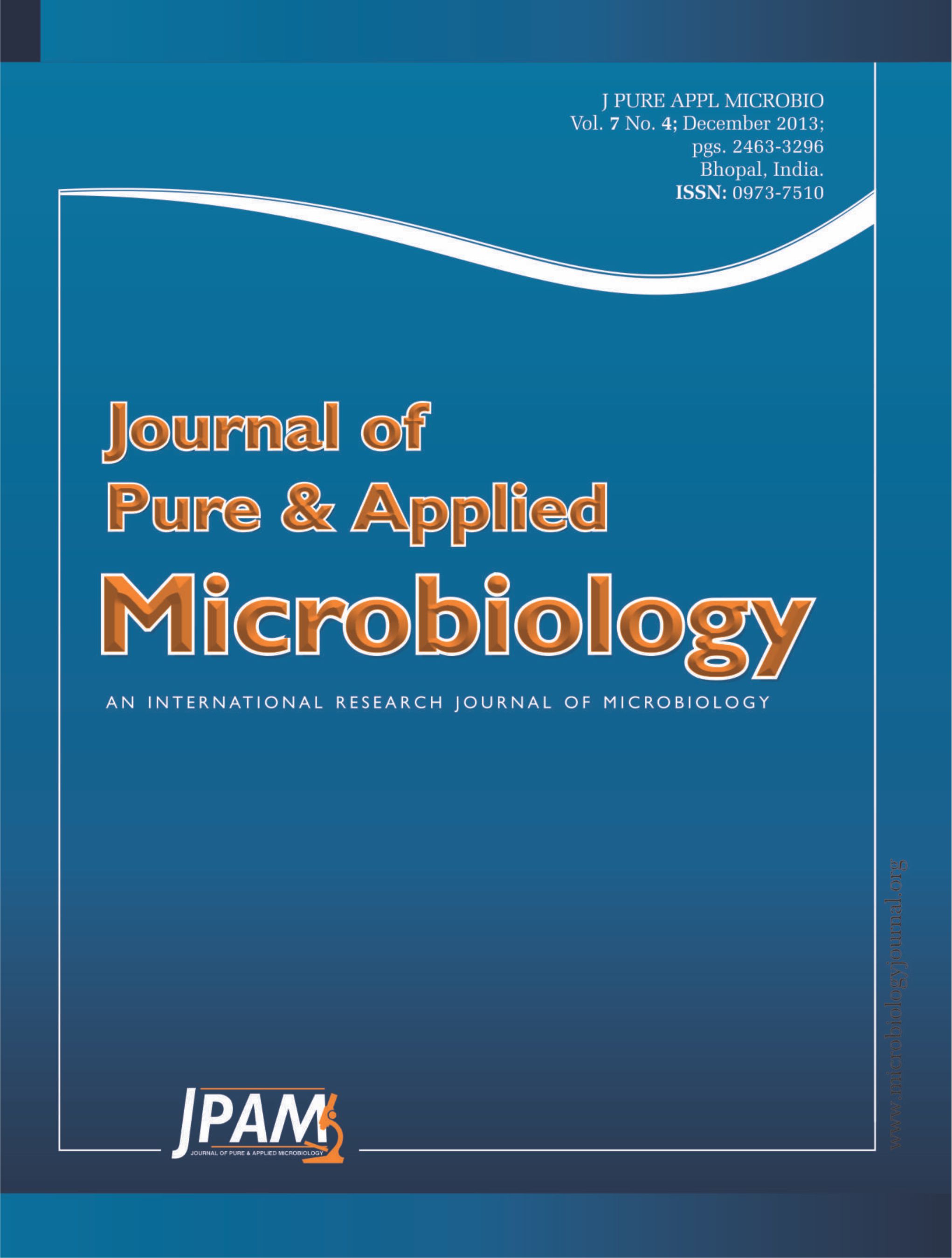The study is aimed at identifying and optimizing physical parameters and composition of fermentation media for enhanced ethanol production from Gracilaria sp. (red macroalgae) by Saccharomyces cerevisiae using response surface methodology. The sea weed was first undergone for acid hydrolysis and enzyme saccharification for releasing of reducing sugar. These pretreated algal hydrolysates were used for optimization study. The variables such as algal hydrolysate, incubation period, Na2HPO4 and pH were found to be significant variables to influence the ethanol production. The identified variables were optimized by Box Benhen design (BBD). The optimum conditions are: algal hydrolysates – 8.5%, incubation period – 1.7 days, Na2HPO4 – 0.3gL-1 and pH – 6.1. These conditions were validated by scale up study which revealed an increased production of ethanol (23.612 gL-1).
Biofuel, Ethanol, Seaweeds, Response surface methodology, Optimization and Saccharification
© The Author(s) 2013. Open Access. This article is distributed under the terms of the Creative Commons Attribution 4.0 International License which permits unrestricted use, sharing, distribution, and reproduction in any medium, provided you give appropriate credit to the original author(s) and the source, provide a link to the Creative Commons license, and indicate if changes were made.


